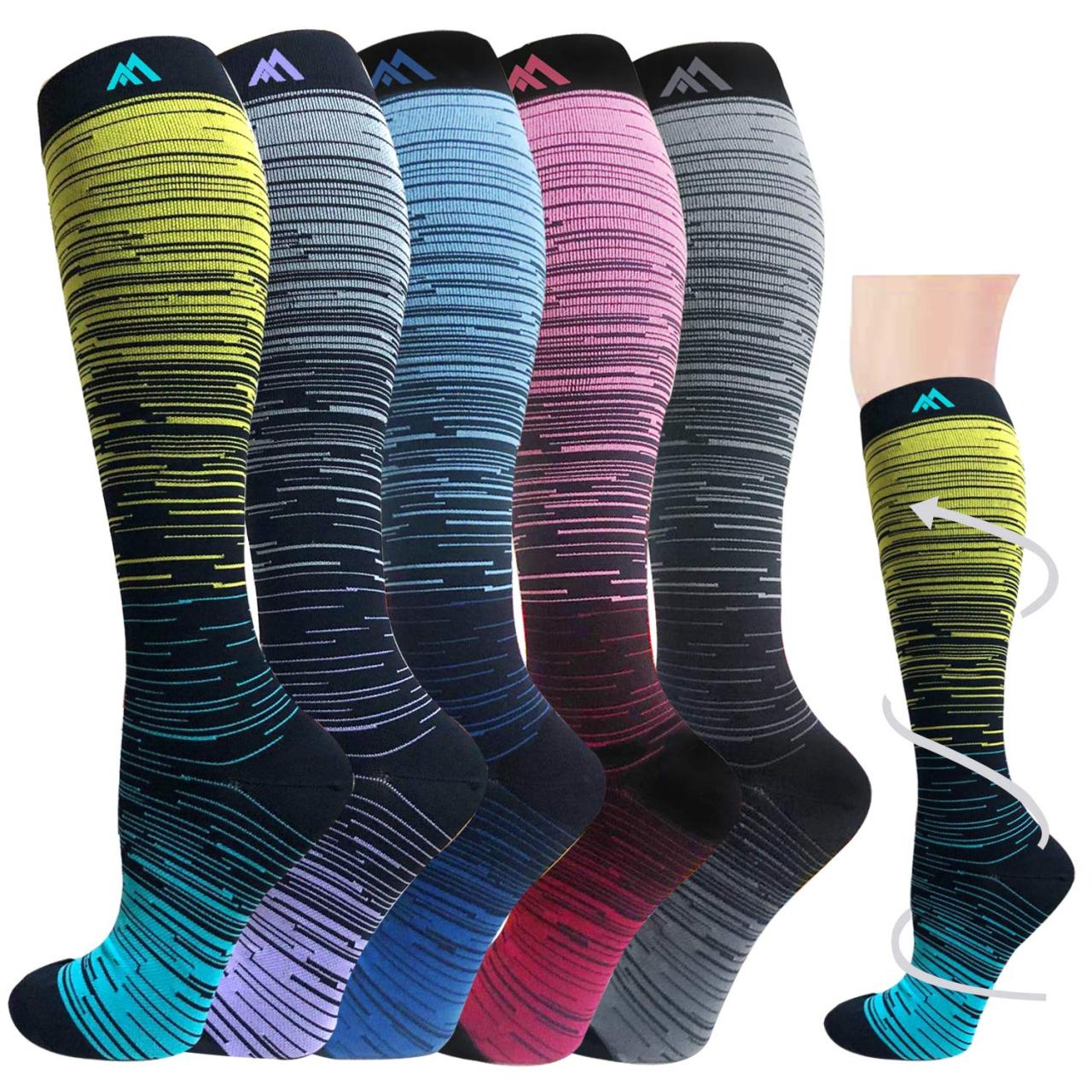Allergy medication and airport security can be a tricky combination. Navigating airport security with allergy medications requires careful planning and understanding of regulations. This guide will walk you through the policies, challenges, and solutions for travelers with allergies, ensuring a smoother and less stressful experience. Airport security policies regarding medications vary, but generally, prescription medications…
Category: Travel
Compression Socks for Flying Your Travel Companion
Compression socks for flying are becoming increasingly popular for travelers, especially those on long-haul flights. These specialized socks offer a range of benefits, from reducing swelling and discomfort to improving blood circulation and overall travel well-being. This comprehensive guide delves into the world of compression socks for flying, exploring their different types, benefits, and how…


